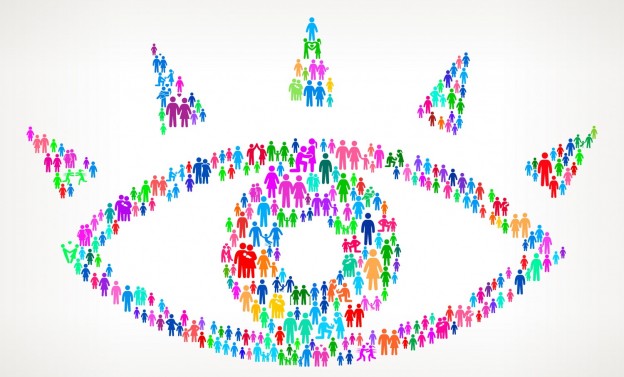
Resources, Therapy Tips
5 Ways to Incorporate Visual Supports in Everyday Routines
Visual Supports can be excellent tools for helping reduce negative behaviors and improve predictability within a child’s routine. What is a visual support? A visual support refers to using a picture or visual item to help communicate with a child that has difficulty with language. This visual support can be a photograph, word, symbol or list. To what population are visual supports helpful? I think all children benefit from visual supports, specifically those with autism, intellectual disabilities, and other neurological disorders that impact a child’s language and ability to stay focused on a task. Here are some visual supports that may be helpful for your child with special needs.1. Schedule Boards
Create short schedule boards for daily routines and transitions. Schedule boards can help decrease negative behaviors during transitions such as going from one activity to another. Schedule boards also increase predictability for a child, so they know what they are working on, doing next, etc. It also creates an opportunity for choice making and working towards a motivating item. To learn more about creating schedule boards, check out this article about visual supports.2. Choice Making
Does your child have difficulty choosing between desired items because the choice is too broad? Does your child always choose the same thing because it is a scripted response? Do you think your child might choose something different if they knew all of the choices? In this specific situation, I would create a choice board with all of your child’s favorite desired items. I often get asked, “What happens if the child asks for something that is not available?” There are two ways to resolve this issue. You can create general symbols (e.g. “snack” and not make it specific such as “Ritz crackers” or you can tell your child what is available before). Check out this resource here that explains choice making further. There are also many apps out there to help with choice making including Choice Works and iPrompts Pro.3. Behavior Supports
Supports such as “quiet hands” and “nice sitting” can help redirect a child when they are attending to a task. Other supports such as “wait” and “all finished” can be very useful because it can keep a child on task and it can be a way to reference a specific behavior without having to provide consistent verbal prompts.4. Reinforcement Boards
Reinforcement boards can be very helpful during short structured tasks. If your child is working to obtain a specific desired item, it can be easier to stay on task when they know what they are receiving and how they will obtain it. For example, I usually ask the child, “What are you working for?” Reinforcement boards can be helpful when trying to complete homework or a specific chore that is less desirable.5. Checklists for Accomplishing a Task
For example, if your child is doing the laundry create a visual list so that they can follow the steps accordingly. This can also be helpful when shopping at the market or used as reminders during a less familiar task (e.g. cooking). Checklists can be created with various symbol programs or apps such as Visual Schedule Planner.Helpful Websites/Resources
- Autism Speaks Visual Support Handout
- Free Printable Visual Supports
- Boardmaker Share: (a free subscription based symbol sharing program)
- Boardmaker Online: (symbol based subscription)
- Pyramid Educational Consultants: Excellent products that include communication books (PECS books), activity books, behavior supports and reinforcement schedules and much more!


